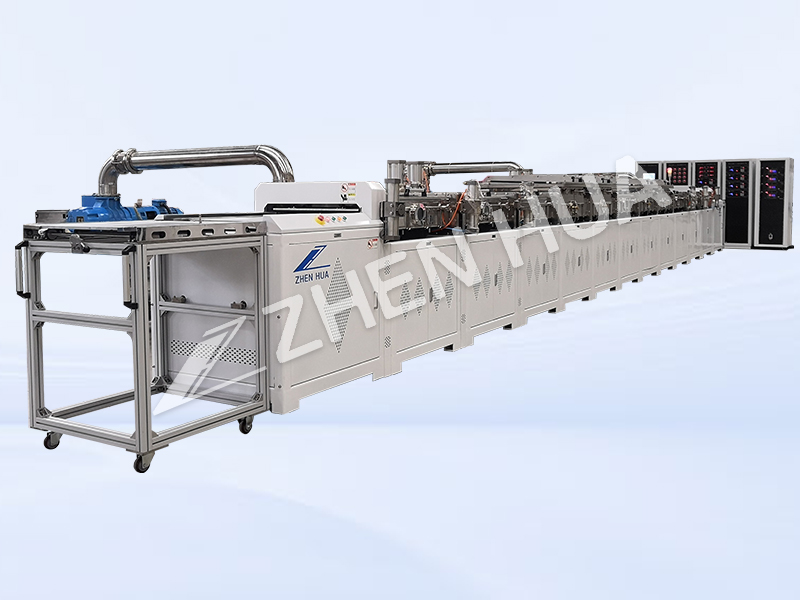solar cells have been developed to the third generation, which the first generation is monocrystalline silicon solar cells, the second generation is amorphous silicon and polycrystalline silicon solar cells, and the third generation is copper-steel-gallium-selenide (CIGS) as the representative of the thin film compound solar cells.
According to the preparation of the battery using different materials, solar cells can be subdivided into the following categories.

Silicon solar cells are divided into monocrystalline silicon solar cells, polycrystalline silicon thin-film solar cells and amorphous silicon thin-film solar cells of three kinds.
Monocrystalline silicon solar cells have the highest conversion efficiency and the most mature technology. The highest conversion efficiency in the laboratory is 23% scale, and the efficiency in production is 15%, which still dominates in large-scale applications and industrial production. However, due to the high cost of monocrystalline silicon, it is difficult to significantly reduce its cost, in order to save silicon materials, the development of multi-product silicon thin film and amorphous silicon thin film as an alternative to monocrystalline silicon solar cells.
Polycrystalline silicon thin-film solar cells and monocrystalline silicon solar cells, the cost is low, while the efficiency is higher than amorphous silicon thin-film solar cells, the highest conversion efficiency of its laboratory is 18%, the conversion efficiency of industrial-scale production is 10%. Therefore, polycrystalline silicon thin film solar cells will soon dominate the solar cell market.
Amorphous silicon thin film solar cells are low cost, light weight, high conversion efficiency, easy to mass production, has great potential. However, constrained by its material-induced photoelectric efficiency decline effect, stability is not high, directly affecting its practical applications. If we can further solve the stability problem and improve the conversion rate, then amorphous silicon solar cells is undoubtedly the main development of solar cells of the product!
(2) Multi-compound thin film solar cells
Multi-compound thin film solar cell materials for inorganic salts, including gallium arsenide compounds, cadmium sulfide, cadmium sulfide and copper imprisoned selenium thin film batteries.
Cadmium sulfide, cadmium telluride polycrystalline thin-film solar cell efficiency is higher than non-pin silicon thin-film solar cells, the cost is lower than monocrystalline silicon solar cells, and is also easy to large-scale production, but due to the cadmium has a high toxicity, will cause serious pollution of the environment, so it is not the most ideal alternative to the pin body of silicon solar cells.
–This article is released by vacuum coating machine manufacturer Guangdong Zhenhua
Post time: May-24-2024

